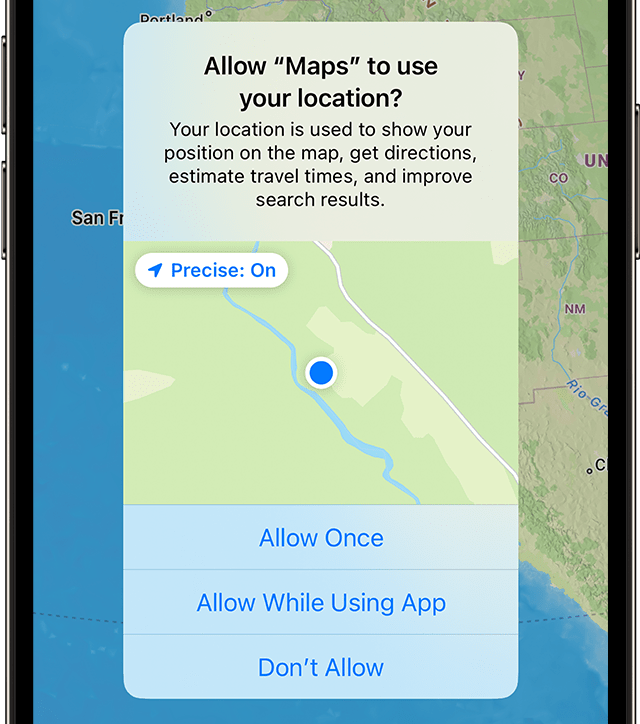How Our Ad Platforms Determine Location
When Global Positioning Systems coordinates are not available, we target users based on how their computers, TVs, and smart speakers declare their location.

By John Davis
Updated Sunday, Nov. 2, 2025 at 1.47 p.m.
We prefer to target advertising based on the precise GPS (latitude/longitude) locations provided by a smartphone or other mobile device. When Global Positioning Systems coordinates are not available, we target users based on how their computers, TVs, and smart speakers declare their location. This is typically based on the IP (Internet Protocol) address assigned by an Internet Service Provider (for example, AT&T or Comcast) for a home or workplace. Our ad platforms map IP addresses to geographies and then target users accordingly. An IP address is a string of numbers that your Internet Service Provider uses to route Internet traffic to your device. When we leverage IP addresses, it is always anonymous.
Web Analytics: Google Analytics (GA4) and other website analytics solutions are typically reliable in locating your website visitors. We also use alternative analytics providers, like
statcounter.com and Microsoft Clarity, to confirm locations for website visitors.
Below are perspectives on the accuracy of geotargeting from some expert sources:
Beware Virtual Private Networks (VPNs) & Mobile IP Addresses
- IP Address-Based Location Tracking: Google Analytics primarily uses IP addresses to determine a user’s location. This method effectively identifies the country, and often the city or region, from which a user is accessing your website. However, the exact precision can vary.
- Limitations of IP Geolocation:
- VPNs and Proxies: Users employing VPNs or proxy servers can appear to be accessing your website from locations different from their actual physical location.
- Mobile Networks: For users on mobile devices, the location data can be less accurate due to the dynamic allocation of IP addresses by mobile service providers.
- ISP Factors: The location data might reflect the location of the user’s Internet Service Provider (ISP) rather than their actual physical location, especially in rural areas or with certain ISPs.
Some Ad Servers Throw Out Invalid Traffic (IVT) But GA4 Includes It
When using Quantcast’s advanced IVT in click-based metrics, you may notice that our numbers differ from GA4 because we identify more traffic as invalid.Source: Quantcast
Google Says Expect 20% Variances
When an ad server delivers line items hosted by a third party, reporting discrepancies between the two systems occur, and campaign variances of up to 20% are common…. Different ad servers map IP address location data differently, which can lead to significant discrepancies….Each third-party ad server can lead to campaign variances of up to 20%. If one third-party server points to yet another third-party server, the expected discrepancy increases.Source: Google Ad Manager Help
GA4 Derives Location From IP Addresses
Analytics does provide coarse geo-location data by deriving the following metadata from IP addresses: City (and the derived latitude, and longitude of the city), Continent, Country, Region, Subcontinent (and ID-based counterparts).Source: Google Analytics Help
Use the form below to start a conversation with us about targeting for your next advertising campaign.
DOWNLOADABLE GUIDE
Make AI, Curation, and SPO Work for You
Get up to speed on how organizations are adapting to AI, Curation, and other developments in programmatic advertising.
Leverage Programmatic in 2025
Thank you for your interest. You can access the presentation here.
Please let us know if we should be working together.
Oops, there was an error sending your message. Please contact info@CrowdLouder.com.
Activate Your Audience
We will get back to you as soon as possible.
Please try again later.





